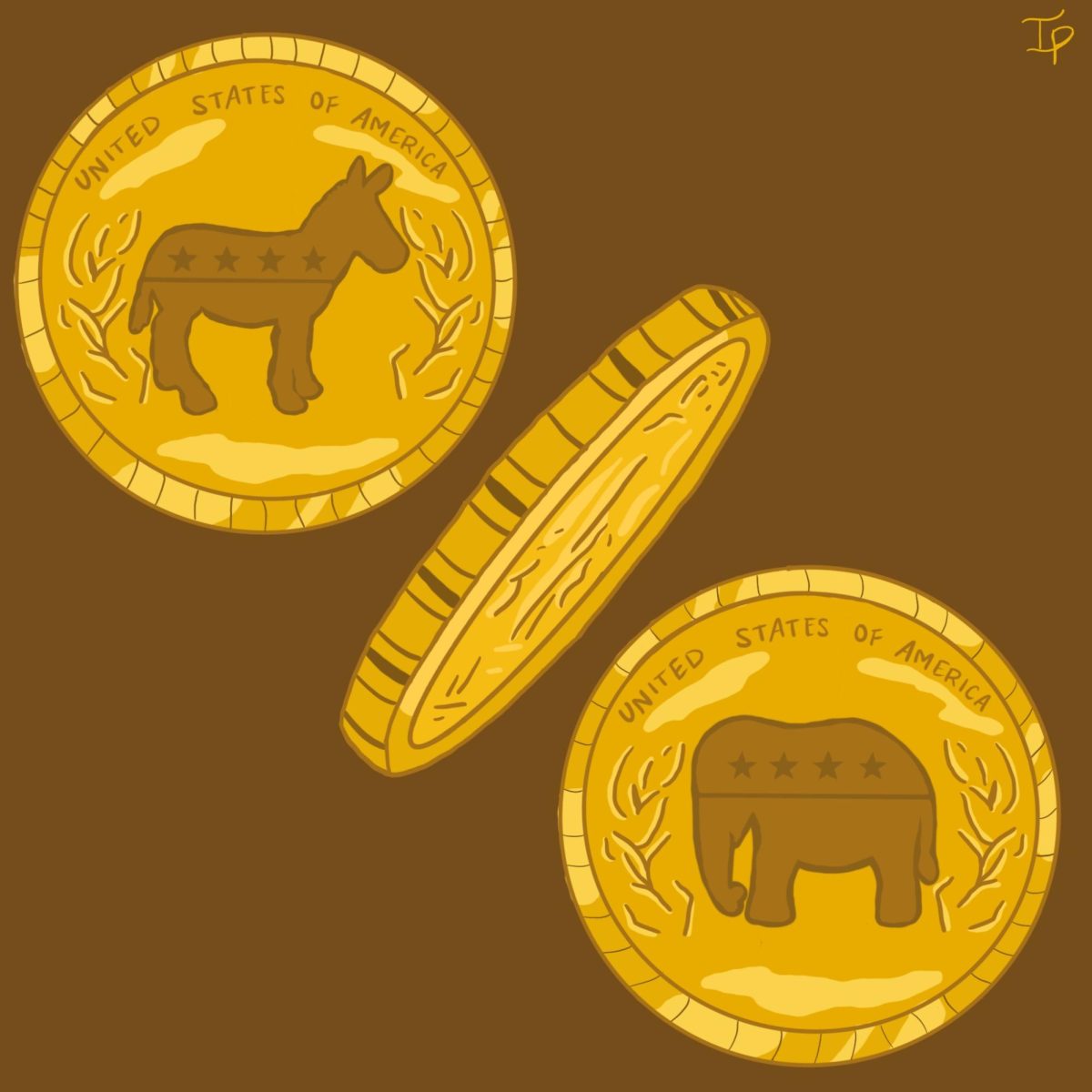Editorial: NCAA wise to keep student in student-athlete
March 17, 2014
The long standing conflict players, unions, fans and others have waged with the NCAA and its economic model has received its most recent challenge: an effort headed by Jeffrey Kessler, a high-profile sports attorney who filed an antitrust claim yesterday arguing the sports association committed another act of player compensation suppression.
To be specific, Kessler — who is defending former Pitt basketball player J.J. Moore, Clemson defensive back Martin Jenkins, University of Texas-El Paso tight end Kevin Perry and University of California tight end Bill Tyndall — claims the association capped player compensation based off an athletic scholarship.
The claim, filed in light of actions by several other college players, such as former West Virginia running back Shawne Alston and former UCLA power forward Ed O’Bannon, along with the unionization of college players headed by students at Northwestern University, raises the most central claim of whether Division I college players ought to be compensated further for their athletic capabilities aside from current scholarship guidelines.
The revenue, gained from broadcasting the best college players in the country, begs the question: Should college athletes be compensated from the billions in revenue they generate for all of the entities involved?
The answer is no; college athletes are students first. They attend a university to play sports, and while that sport may be all the promise for a profitable, successful future after school, it is a supplement to the curriculum offered by each institution. College athletes are given a variety of athletic scholarships and stipends to facilitate their college education already, and increasing the compensation they could receive questions whether other revenue-generating students who, for instance, hold merit-based scholarships, should be compensated.
Although college athletes generate billions in revenue for the association, their respective universities, athletic conferences, television networks, and so on, non-student-athletes who have comparable merit scholarships are expected to perform at a high level, as well. The point here is that revenue is generated on the athletic and academic level, so regardless of the duration or frequency of that revenue, it is being generated.
If college athletes are providing a “service” as Kessler claims, then it is akin to saying that non-student-athletes with scholarships are providing a similar service, as well. To this end, those students should be compensated proportionately from the revenue that is collected from their talents and skills similar to the profit Kessler and his counterparts are advocating. Further compensation outside the realm of this would set a dangerous precedent for high school student-athletes, as well, even aside from non-student-athletes.
Ultimately, the NCAA’s concept of amateurism should be upheld. The educational mission of universities is an essential component to college sports. Those who partake in them are student-athletes at the end of the game, match or tournament, and regardless of what they want to pursue after college, their talents and skills are already being compensated through stipends, scholarships and other benefits.
Yes, college basketball and football accumulate billions of dollars in revenue for a wide array of businesses. And it’s important to realize that these college athletes are performing at incredibly high levels of competition. But to reward that, more money isn’t the answer. They attend an academic institution primarily to get an education, and the current exposure and recognition they receive is sufficient at the college level.


